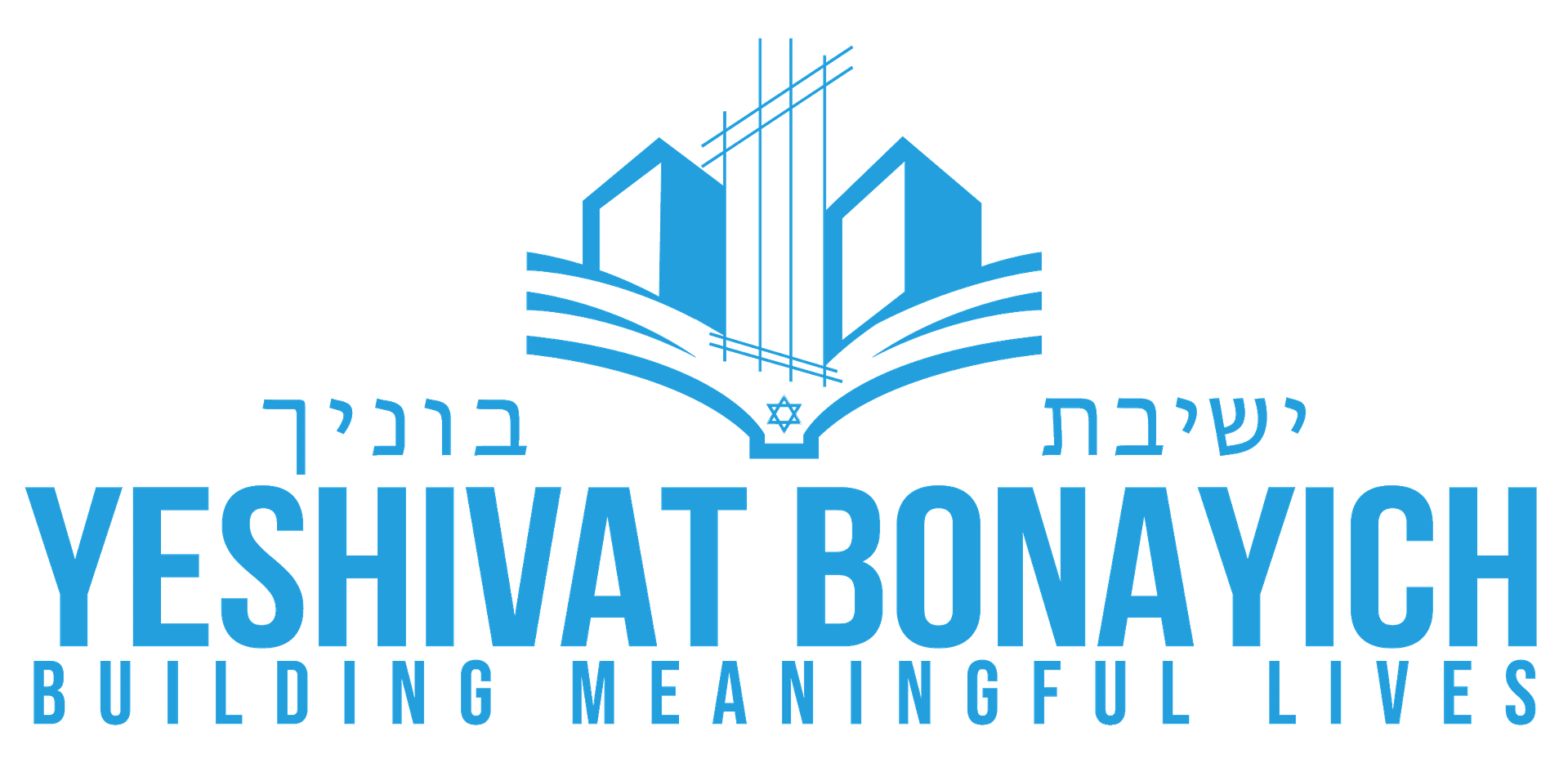
A question came up during a conversation I had with the head of a school that is built on a project based learning (PBL) model: how can gemara be incorporated into a PBL curriculum? The challenge isn’t particularly about the subject of gemara, though gemara does present significant challenges. Analysis of texts, any text, fits well with the PBL system. Students can work in groups and research and analyze the sources they find that address the issue they are studying.
So then what really was the question? Finding material that relates to a specific topic is a task easily relegated to a search engine. Learning how to choose keywords that return task related sources is a skill necessary for any query. Yes, learning how to set up the proper query in a Torah database might require intensive mentoring initially, but after some initial direction, trial and error will yield results. Returning quality results, those that can move the project further along, is a challenge familiar to anyone researching online.
So, again, is there anything special about incorporating gemara into a PBL course of study?
As I mentioned in a prior post, gemara presents a set of challenges because of its language and lack of punctuation. Not only do students have to learn a new language, figure out what the words are and their definitions, they must grapple with teasing out questions and answers, corroborative statements and tangential comments. Often the conclusion of an extended conversation is not clear.
The challenges fall into two basic areas: decoding the text and comprehending it. Decoding can be understood as the process of taking a printed word and connecting it to the spoken word. Once that has been accomplished, there still remains the challenge of making sense of the word on its own, as well as in the context of the rest of the text.
The truth is that these sets of challenges are true for any language or text a person learns. Learning to read in a native tongue has the advantage of easier comprehension once a word has been recognized. In a foreign language the challenge is complicated by the student’s possible lack of sufficient vocabulary. Gemara adds additional layers of difficulty in the area of comprehension because of its lack of punctuation and vowels. But these problems are more a matter of degree as opposed to being gemara specific (modern Hebrew texts lack vowels).
Decoding and comprehension skills are not easily transferable to project based learning. (Read more here) They require intensive direct instruction and not the student driven work seen in PBL. For a native language, decoding and foundational comprehension skills are learned in the primary grades. By the time students reach middle school or high school, they have develop sufficient fluency and comprehension abilities to read and analyze independently of the teacher.
In learning to read gemara, especially because comprehension presents such significant challenges, it is probably not feasible to incorporate independent research of gemara in its classic structure into most PBL curricula. At least not in the beginning years of high schools. Using gemara in a more user-friendly format, with vowels and punctuation included with the text, would make the task easier, though complete comprehension would still present a high hurdle to overcome. Classes geared specifically to introducing the skills necessary for comprehension would need to be included outside the context of the PBL curriculum.
With a well-planned curriculum, over the course of middle school and high school, it should ultimately be possible for schools to incorporate gemara into project based learning for the upper grades.


the whole idea that the lack of punctuation and vowelization should be a hindrance on learning Talmud is reflective of our refusal to use what’s available to learn what we can.
With the full range of learning tools available for Talmud study, we still pay slavish homage to the old versions of text –
the fact is that whether the Steinsaltz or the Artscroll version is preferred, Talmud can be learned by anyone reasonable fluent in Hebrew.
The emphasis can then be placed on the actual text – the full sugya learned for purposes of appreciating its push/pull and conclusion.
When you want to create a talmid, making it possible for him/her to see results may well be more useable than slavish devotion to “old process”. After all, when we teach chemistry or physics, we no longer spend most of the time on slide rules – we let the modern computer or scientific calculator do its part.